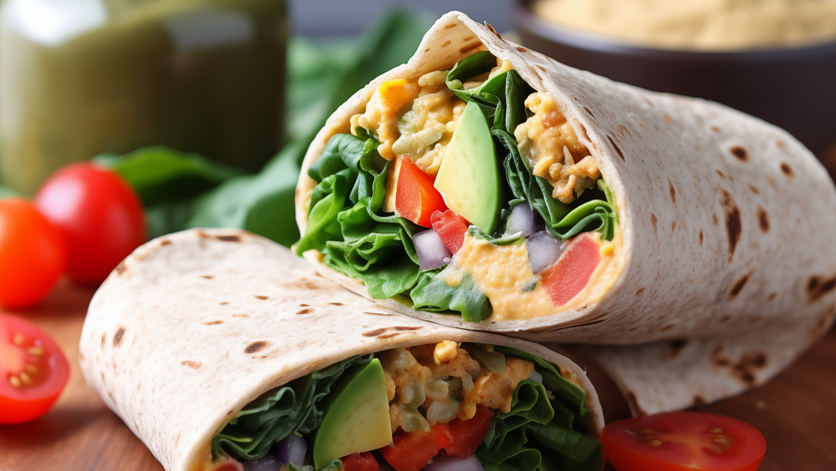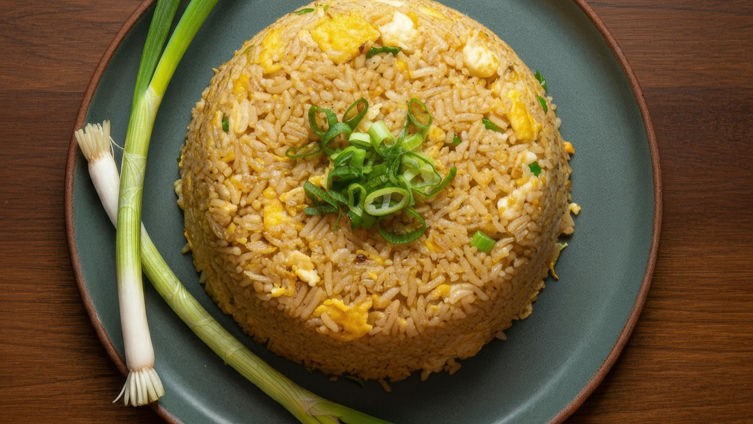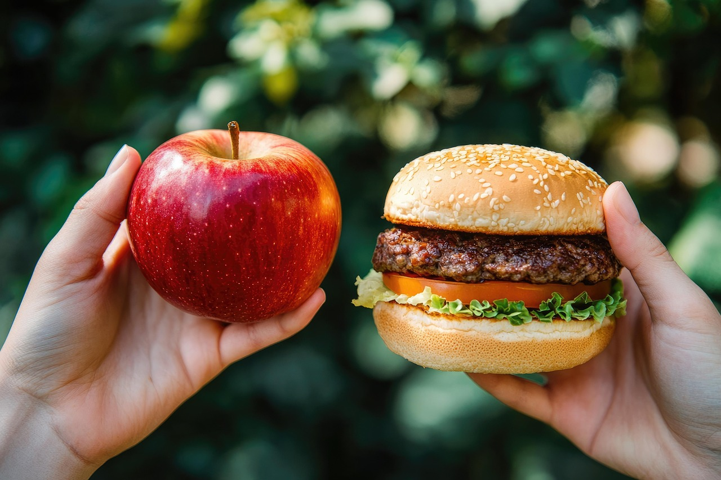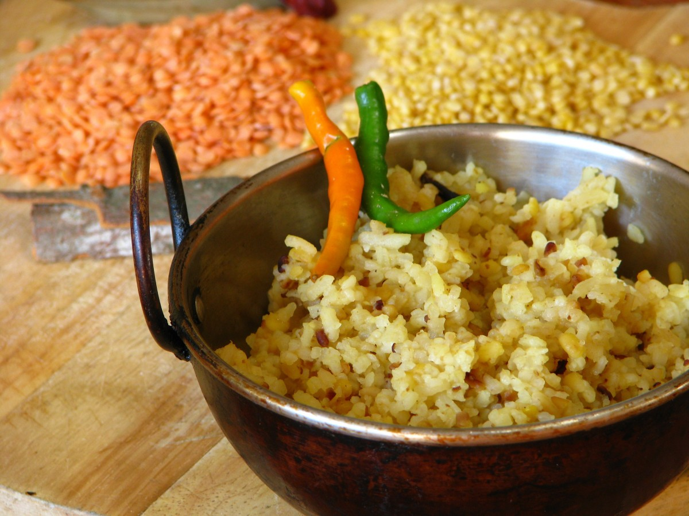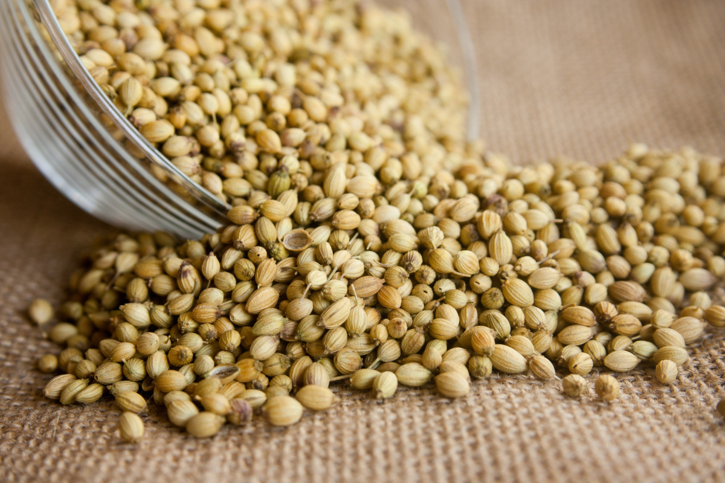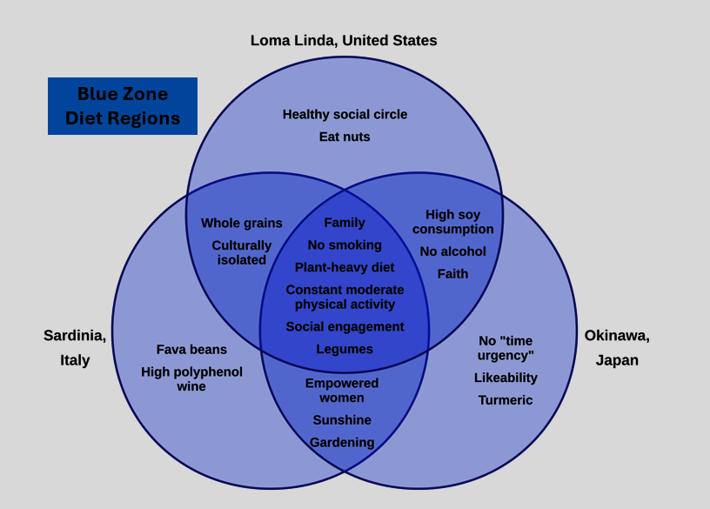Now a days lot of people use pink Himalayan salt both in their diet as well as in cooking. Pink Himalayan salt contains trace minerals and can be a flavorful alternative. However, it can replace iodized salt which is essential for our thyroid problems like hypothyroidism and goiter. If you are a fan of pink Himalayan salt, then do enjoy in moderation but keep in mind that in your diet iodized salt is necessary.
Understanding the difference between Pink Himalayan salt and Iodized salt will help us to choose and determine which salt we should be using and when.
Benefits and risks of pink Himalayan salt
Do you know? Pink Himalayan salt is type of rock salt mined from the Punjab region, particularly from the Khewra Salt Mine near the Himalayan foothills. It is known for its distinctive pink color, which comes from naturally occurring trace minerals—iron oxide but also small amounts of calcium, magnesium, and potassium.
Pink salt contains trace amounts of minerals like calcium, magnesium, and potassium, which give it light pink color.
- May support hydration and electrolyte balance.
- You can add flavor with less sodium compared to regular table salt.
- Sometimes used in spa therapies called halotherapy for respiratory health.
What are pink salt’s limitations?
- The mineral amounts are tiny compared to daily needs.
- It still contains sodium, so overuse can raise blood pressure.
- It lacks iodine, which is vital for thyroid health.
Benefits of Iodized salt:
Your thyroid gland needs iodine to produce hormones that regulate metabolism, growth, and energy. Iodized salt was added to combat widespread iodine deficiency, especially in inland areas where seafood (a natural iodine source) is scarce. Adults require about 150 micrograms of iodine per day. Iodized salt is the easiest way to meet this requirement.
Deficiency of iodine can result in –
- Goiter -enlarged thyroid gland.
- Hypothyroidism or low thyroid hormone levels
- Developmental issues in children
How do we include both pink salt and Iodized salt in our food?
- You can enjoy pink salt for taste and aesthetics, but do not rely on it for iodine.
- Keep iodized salt in your diet to protect thyroid health.
- If you prefer gourmet salts, make sure you are getting iodine from other sources like dairy or supplements.
Ways to include pink salt and iodized salt in our diet:
Where to use pink salt? Pink Himalayan salt is more about flavor, aesthetics, and presentation than nutrition.
- Finishing dishes: Sprinkle on salads, grilled vegetables, or roasted meats for a gourmet look.
- Food styling: Its pink hue makes perfect for plating Ayurvedic cuisine or styled food photography.
- Seasoning blends: Mix into spice rubs fusion dishes.
- Beverages: A pinch in detox water, lemonade, or lassi for a mineral twist.
- Special cooking: Works well in slow cooking, soups, or marinades \.
Where to use iodized salt? Iodized salt is about daily nutrition and health. Use it in –
- Everyday cooking: Use in rice, curries, dals, and stir‑fries to ensure iodine intake.
- Baking: Essential in bread, cakes, and pastries where precise salt balance matters.
- Staple foods: Add to any dishes that you eat regularly like – boiled vegetables, pasta, or lentils.
- Family meals: Especially important for children and pregnant women to prevent iodine deficiency.
- Hidden seasoning: Since it dissolves easily, it is perfect for soups and sauces.
Pink salt is fine as a culinary choice, but iodized salt is non-negotiable for preventing iodine deficiency. Think of pink salt as a stylish accessory, while iodized salt is the essential foundation for your health.
Image credit: Image by Jasmin from Pixabay (free to use under Pixabay content license 4-4-2017) & Image by Marek from Pixabay (free to use under Pixabay content license 10-21-2021)





